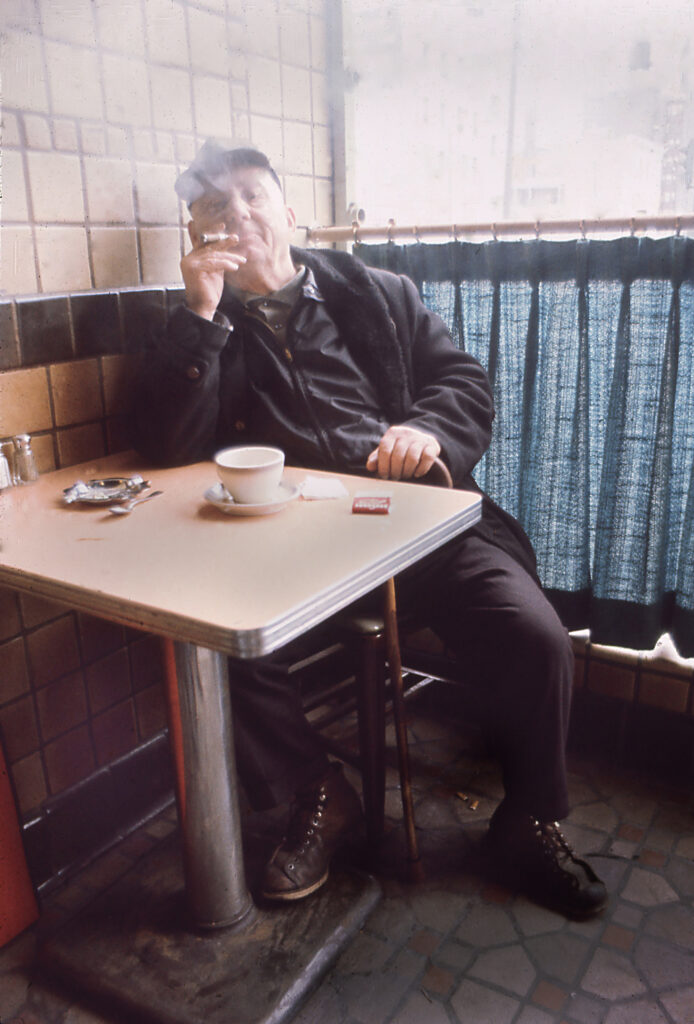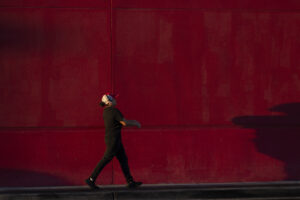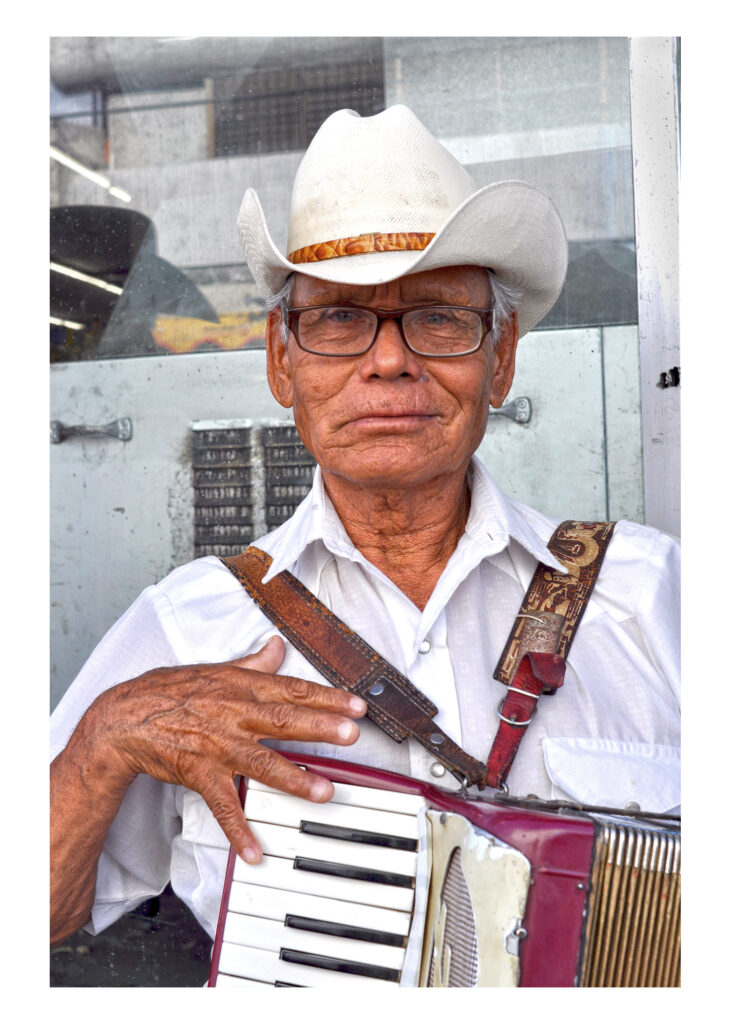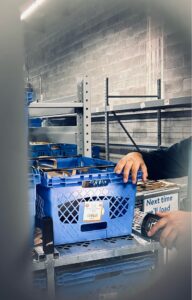Photojournalism Paper
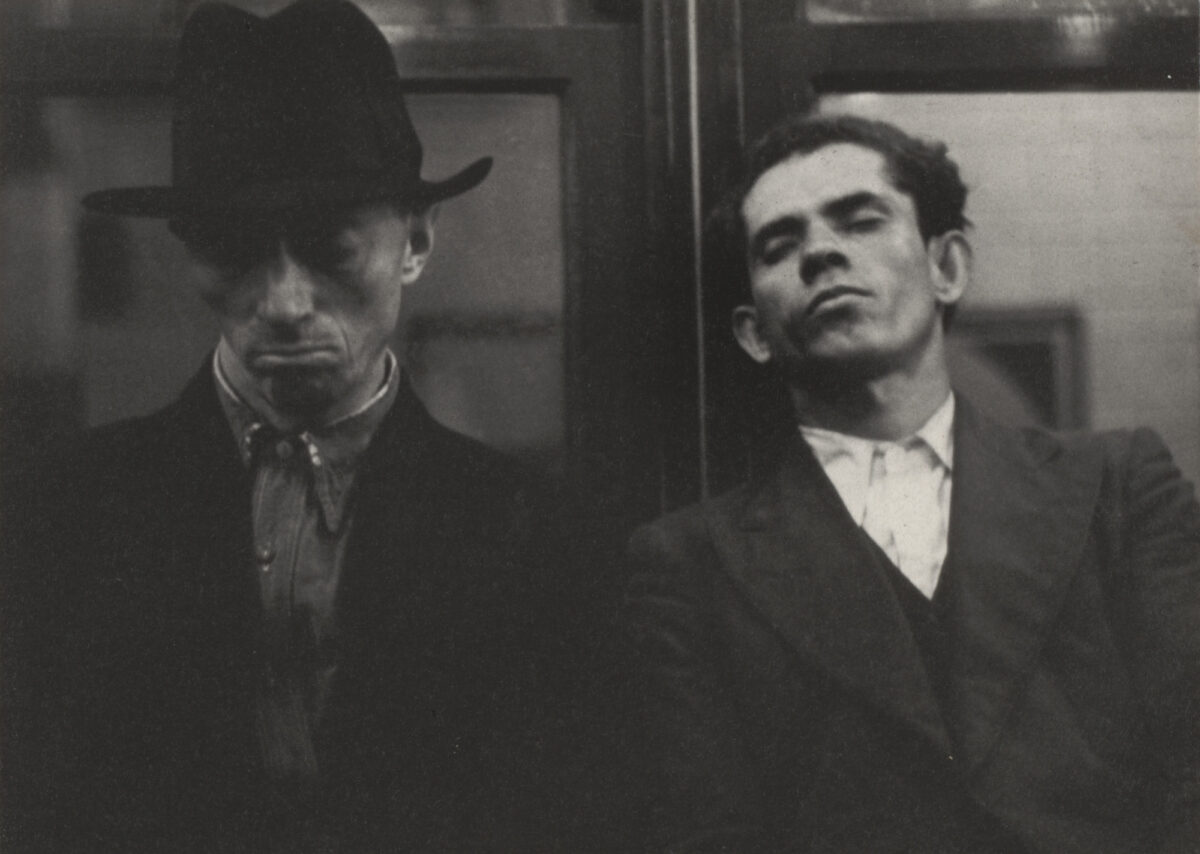
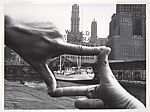
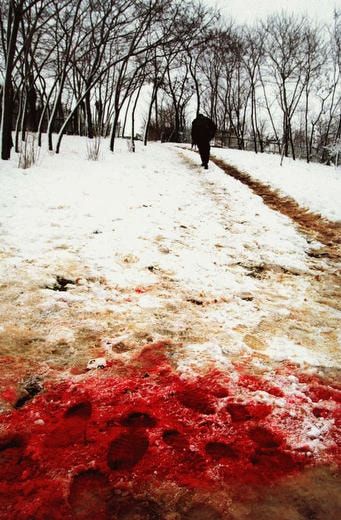
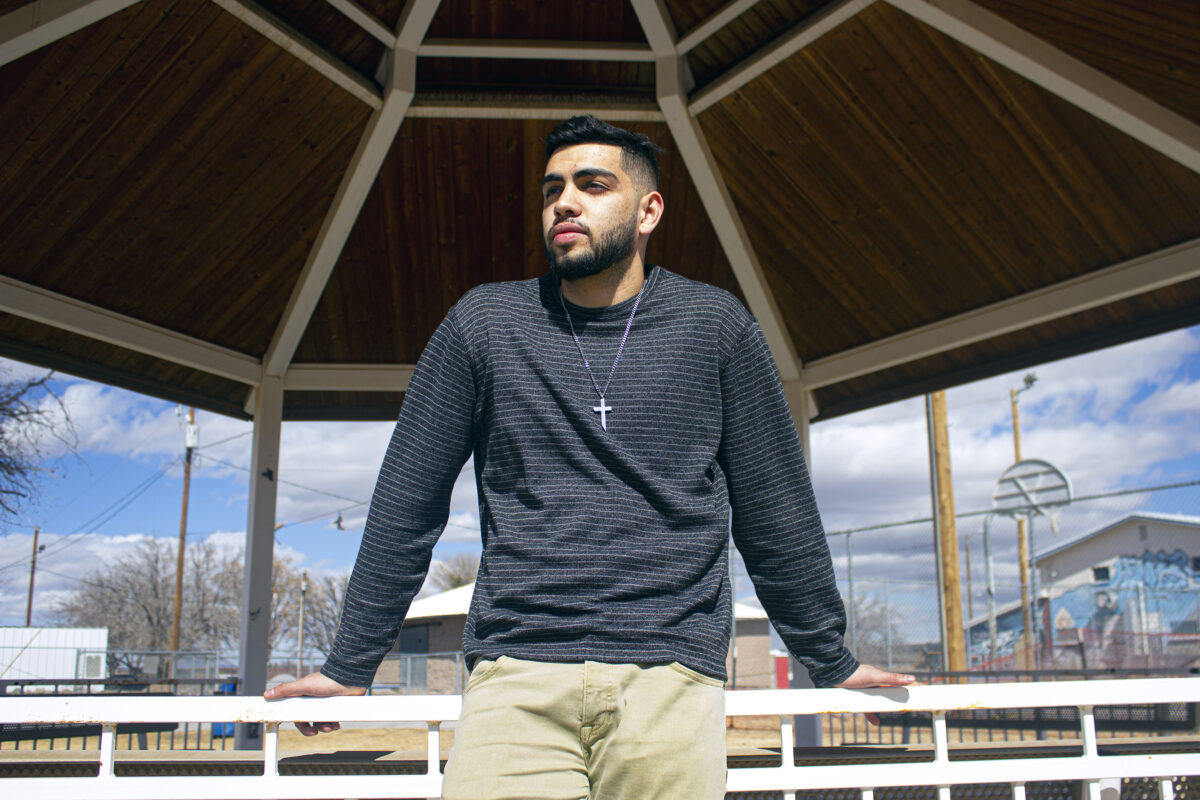
Photos and Text By Elijah Rey Reyes.
When it comes to the word photojournalism can truly have many different meanings. Well, that is if you were to ask someone else, other than an employee at Miram-Webster. All jokes aside, the word photojournalism to me can be defined as the process of telling a story or news of importance, through a series of photographs. These photographs that are taken then have the opportunity to be published on any sort of website or media outlet, such as Bruce Berman’s very own Documentary Shooters website. There is indeed a profession in photojournalism that exists today, despite the rapid decline of newspapers over the last 10 years. Although they may be different from the classic shooting for newspapers, instead today, photojournalists shoot these photographs with the same intent, however when it is published it is published on many different places than before. For example, if you are a photojournalist for a top-heavy news company, like Reuters or Getty Images, they will most likely be published on their actual websites and at a much more rapid pace, as opposed to seeing and publishing photographs for a newspaper. In other words, the way you would make a living in photojournalism in today’s news and corporate industry, would be to hopefully get employed by news outlets such as Reuters, Fox, CNN etc. This would allow you the opportunity to possibly experience what it is like to be a professional photojournalist in the modern age of technology. However, from some research I went through, I learned that you could also sell your images to a big news company or photojournalism website, however that is even if they are interested in buying your photographs. More than likely the chances are always slim, however with how many news companies there are nowadays, it is much more likely than ever to get employed or at least, make money within the profession of photojournalism. When it comes to the ethics or rules of photojournalism, the main one that I feel like I should mention, is to always ensure you get up close and personal. This always makes for excellent photojournalism. Do not ever just stand back or be afraid to get close. At the end of the day, that is what is truly going to tell the overall story you are attempting to tell through your series of photographs. Now, here comes the part I was waiting for. I will now present to you three photojournalists from different eras whose work I admired and seemed to gravitate towards. Let us get started. For my photojournalist of the 1930’s – 1950’s, I decided to choose Walker Evans. This shoot was part of his 1930s subway photographs, in which he photographed people in a portrait style during the Great Depression. What moved me immediately about this photograph was how strong the contrast and light flare was within this photograph. I like how there are 2 people included within this photograph as opposed to just one within a portrait. The light source is coming from the left side, as it has a light flare present. I believe that Walker Evans got the decisive moment within this photograph, as I doubt, they stayed still like this while he photographed. However, from what I read, he was very slim and short, which allowed him to snap photographs before anyone ever noticed. The focus is clearly the two men within this photograph who by their face expressions, truly symbolize what the Great Depression was. The contrast and timing are what made this photograph great. If I were to recreate this photograph myself, I believe it could be done. Maybe on a bus, since there are no subways. Or even on a bench somewhere.The second photographer that I chose for the 1960’s -1980’s era, was John Baldessari. My first reaction seeing this photograph was wow. Now, I love photographs that include portraits and cars. That is my go-to. However, I have always been moved by photographers who can simply do landscape-like photography and do it at such an excellent level. Just simply amazing. I like how he incorporated his own fingers within this photograph, and the frame just happens to be a beautiful yacht on New York Harbor. The light source is present on his fingers and on the boat in focus. I believe that John Baldessari did get the decisive moment when he took this photograph as I am sure that Yacht did not stay there forever. Therefore, I am sure he only had a small amount of time to get the photograph he wanted. The New York Skyline as well as the Yacht in focus, followed by Baldessari’s own fingers, make for such a unique photograph that I believe symbolizes the 1970s vibe of New York City at the time. I am unsure if I could recreate this photograph anywhere near New Mexico, considering we have no harbor nearby. However, I could re-create this near downtown El Paso, ensuring that I use my fingers to incorporate the frame. With a tripod, most likely. The final photographer I chose for the 1990’s – present era was photojournalist Ron Haviv. I decided I wanted to see how different photographs can look when compared to each other and the difference is almost 100 years apart. Now, what moved me about this photograph, was obviously the blood that is present on the snow. It hit differently, as opposed to any photograph about conflict. I like how you can see the solider who is clearly walking away after committing a war crime. It is like capturing the perpetrator in literal 4K. The light source is coming off the snow, especially with the redness of the blood. The timing was just perfect. A few seconds after, the photo would be ruined. Even a few seconds before, this is a perfect example of a photographer getting the decisive moment in terms of photography. The sheer impact of this photograph alone is what makes it so great. The fact that a man, who may just innocent was killed right in front of Ron Haviv, then having the composure to be able to snap a photograph like this? It is remarkable, but sad at the same time. Excellent photo, nonetheless. Now, this is one I could not re-create, unless I was doing international photography. Now, the small photo I decided to include, is just a photograph of man I met while on my way to my Tia’s house in Vado. His name was Oscar, and the overall tone I got from this photograph was that of clarity, instead of prosperity. I always seem to run into interesting people who, by luck, allow me to take their photographs. This is a part of my Portrait series I eventually plan to do. For now, here is my small photograph to go along with my paper.
